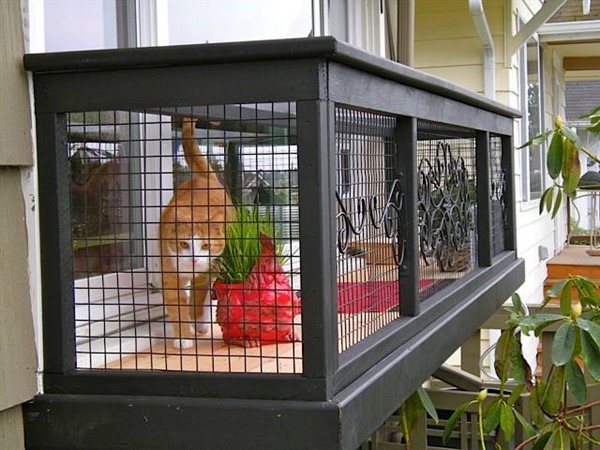Urn plant is a flowering house plant that has a very exotic look. Originating from South America’s rainforests, it will grow healthfully under proper light, humidity, and temperature conditions. This distant relative of pineapple will bring glamour to the house with its bright pink blooms.

General Information
Urn plant is known as Aechmea fasciata in Botanical taxonomy, and it belongs to the Bromeliaceae family. They may also be called silver vase plants or pink vase plants. They are native to the tropical rainforests of Brazil. In their natural habitat, they can grow epiphytically, in other words, like an air plant, meaning that they hold on to other plants to benefit from the environment they provide.
You can distinguish these houseplants by their long elliptical and oval dark green leaves looking silver-powdered. The texture of the leaves is leathery and rough. The leaves form an urn shape at the bottom to keep water, where the plant gets its name. It usually produces a single star-shaped bright pink or bright red flower. These plants are perennial and grow slowly. They reach 30 to 90 cm (12 – 35 in) height, and their diameter can enlarge to 60 cm (24 in). The leaves can grow as long as 45 – 90 cm (18 – 35 in).
Urn plant blooms only once in its lifetime. It begins to grow a spike from its “urn” after reaching maturity, which takes up to three years. The blooming may start in late summer to early winter. The flower may last up to six months with good care. The pink spike has small blue, purple or pink flowers. Even though the blooming of your plant means that it starts dying, don’t worry. After the beautiful pink flower dies, the plant survives for a while, and in the meantime, it produces little pups -young offsets. Let these small ones grow on their own until they reach 15 cm (6 in) height. Then you can transfer them to their own pots.
Good news: They are not toxic for humans, birds, cats, or dogs. It is %100 pet friendly. However, for some individuals, its leaves may be allergenic and cause skin irritation.

How to Care for Aechmea fasciata
Sunlight
Urn plants require bright filtered sunlight but beware of putting them under direct sun. If you are going to replace them from indoors to outdoors, the same rule applies. Otherwise, the leaves will be scorched for good. They can live in areas with light shades but just avoid dark rooms with no windows.
Watering
Originating from rainforests, Aechmea fasciata evolved a vase-shaped center to collect rainwater. At home, keeping the center filled with water at all times is crucial. For a healthy plant, the water should be emptied and refilled every two weeks to prevent stagnation and protect it from becoming an attraction point for flies and insects. Keep an eye on the dry brown edges of the leaves since it is a sign of dehydration. However, they need well-drained soil; if not, they can quickly get root rot. Water the soil only when it dries out.
Humidity
This plant gets along with standard humidity levels indoors. In arid climate conditions or during hot days, it might be good to keep the plant moist by spraying water on it.
Temperature
The average room temperature (18.3°C – 24°C) is suitable for this plant to thrive. Remember that its natural habitat is rainforest; consistent lower degrees would not do good.
Soil Type
They prefer sandy soil that is rich in acidic content. Favorably, you can use Orchid potting mix. The purpose is that soil should be light, well-drained, and well-aerated.

Planter Type
These houseplants do not prefer a specific type of planter. However, repotting the plant is not recommended, so you may want to avoid such small pots or planters in the first place.
Fertilizer
They can go without fertilizer outdoors. But to support the growth of your indoor one, feeding it once a year during the summer months should be enough. Since they get nutrients from their leaves, use spray foliar feed on the foliage and around the growing medium.
Propagation
Once the single flowering bract of this plant starts to decay, the plant enters into the death phase. The good news is that it produces little pups on the base. After these offsets reach 10 – 12 cm height (4 – 5 in), You can transfer them to their own pots.

Common Problems
Brown leaf tips: A sign of dehydration. Make sure the plant’s vase is filled with water at least a quarter of its height all the time. Dry air can also cause this problem, so you may want to place a humidifier in the room or spray water on the foliage from time to time.
Brown spots on leaves: This results from direct contact with sunlight. Move the plant in a shaded area (but not to total darkness).
Rotten smell: If the water in the vase is not changed frequently, bacteria may start to grow, causing a rotten or foul odor.
Death: These plants start to decay after they reach maturity and produce a single flower bract. If this is not the case and your plant didn’t even bloom, then it must have been caused by rotting by too much watering.
Suggestions for problems
They generally do not need much care, and it endures many environmental conditions (except cold). However, because of its nature, it requires particular arrangements. Follow the instructions mentioned above to create a good space for it to thrive.
Suggestions for the beginners
Remember that the urn plant is a perennial plant, and it will take its time to grow. Sometimes it takes up to 4-to 5 years for it to bloom. So don’t worry. Ensure your plant is away from direct sun and has water in its “urn.”

















